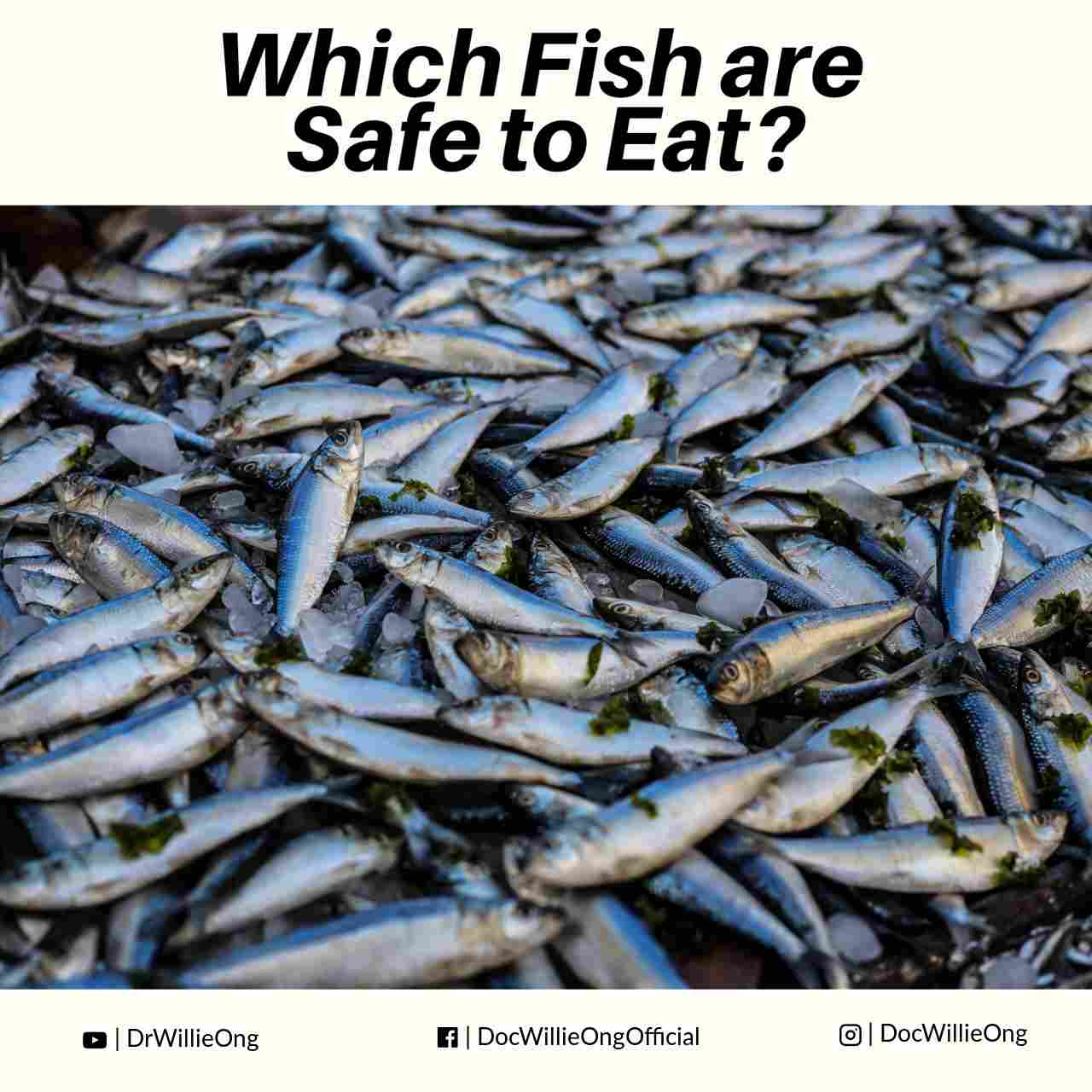Dr. Willie T. Ong (Internist-Cardiologist)
Have you heard about the dangers of eating certain kinds of fish, which contain high levels of mercury? Yes, eating fish can be a double-edged sword. It’s good for you, and at the same time, it can be harmful, too.
Let’s look at the scientific evidence so far. On the positive side, several studies have shown that eating fish can benefit those suffering from asthma, heart disease, Alzheimer’s disease, depression, diabetes and arthritis.
However, eating fish also has its drawbacks. Because of our polluted environment, fish may contain varying amounts of mercury, a poison that is harmful to the brain and other organs.
Mercury occurs naturally in the environment and can accumulate in streams and oceans. In the water, mercury is converted into methylmercury, which is deadly to humans. The fish then absorb the methylmercury in varying amounts depending on what they eat.
Several studies have verified the levels of methylmercury in the different kinds of fish. Symptoms of mercury poisoning may include numbness of the hands and feet, peeling of the skin, weakness, red cheeks, and leg swelling.
Take note of the following four categories: low, moderate, high and very high levels of mercury. After reading the reports, I now watch my intake of fish and eat mostly those in the low level category.
Low levels of mercury: These are the safest fish and you may eat up to 2 to 3 servings per week. Each serving weighs 180 grams or 6 ounces.
- Samaral
- Dilis (anchovies)
- Hito (catfish)
- Galunggong (mackerel)
- Salmon
- Sardines
- Tilapia
- Shrimp, squid and crab.
- Bangus (milkfish) are safe but their mercury levels are a bit higher than the rest in this group.
Moderate levels of mercury: Limit eating to 1 to 2 times (or servings) per week. Each serving weighs 180 grams or 6 ounces.
- Banak (mullet)
- Tamban
- Maya-maya (snapper)
- Canned light tuna
- High levels of mercury: At most, you should only eat 3 times (or 3 servings) per month.
- Tuna fresh or sashimi
- Lapu-lapu (grouper)
- Sea Bass
- Don’t eat because of very high levels of mercury: Marlin, tuna (ahi), swordfish and shark.
More Guidelines on Eating Fish:
- As a general rule, the smaller fish, preferably those less than 12 inches long, are safer. These young fish have lived in the sea for a shorter period, thus limiting the amount of methylmercury they have absorbed in their bodies.
- Eat more vegetables, fruits and chicken. These are safer.
- For children between two to six years old, take note that a single serving is only about two ounces or 60 grams. Fish is still needed for a balanced diet for children and adults, and we shouldn’t stop eating fish altogether.
- Important note: Pregnant women and their unborn child are more sensitive to the effects of mercury, and could lead to birth defects. Since methylmercury levels can remain high in the body for over a year, it would be better to consume less fish if you are pregnant or if you plan to get pregnant within a year.
- For fish-lovers, if you eat more than the recommended amount for a week, don’t worry. You can balance this out by eating less fish for the next week or two. Just make sure that your average fish intake for several months is within the recommended levels.
- Despite these reservations, most experts agree that eating fish is still healthy. It’s just that we must choose the safer ones to eat.
Food safety is very important. The government should regularly check the current batch of fish to check on the levels of mercury. The more our local authorities and the media discuss this issue, the better it is for our own health.
Author’s note: The above fish consumption guidelines were gathered from the following sources.
- U.S. Food and Drug Administration: Mercury Levels in Commercial Fish and Shellfish
- Center for Disease Control and Prevention Centers for Disease Control. Public Health Statement for Mercury. Agency for Toxic Substances and Disease Registry.
- An enlightening paper by Ms. Desiree M. Narvaez of the Department of Health, entitled, “Human Exposure to Mercury in Fish in Mining Areas in the Philippines.” The paper was presented at the WHO Global Forum of Food Safety Regulators, Marrakech, Morocco, January 28-30, 2002.



